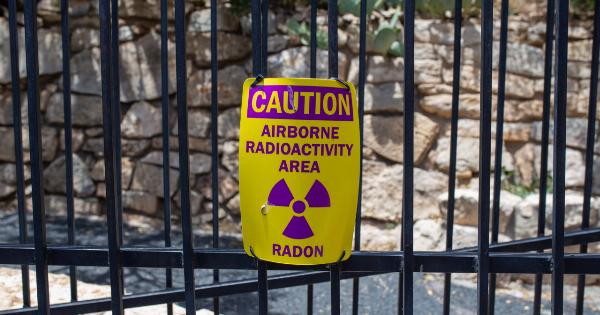Joint replacement is a common surgery for those suffering from hip or knee problems such as arthritis.
In the past, recovery from hip or knee replacement surgery could take several months, but with the implementation of rapid recovery protocols, patients can now return to normal activities and routines within just a few weeks.
What is a Rapid Recovery Protocol?
A rapid recovery protocol is a set of evidence-based practices that are used to speed up the recovery time and improve the outcomes of hip and knee replacement surgeries.
These protocols involve a team approach to surgical care, with surgeons, anesthesiologists, and physical therapists all working together to provide the best care for the patient.
Pre-Operative Preparation
The first step in a rapid recovery protocol is preparing the patient for surgery. This involves discussing the procedure with the patient and ensuring they understand what to expect during and after the surgery.
The patient is also given a comprehensive pre-operative assessment to identify any pre-existing conditions that could affect their recovery.
Anesthesia
The anesthesia used during a hip or knee replacement surgery can have a significant impact on recovery time. Rapid recovery protocols typically involve the use of regional anesthesia, such as spinal or epidural anesthesia, instead of general anesthesia.
This reduces the risk of complications and allows the patient to start moving and walking shortly after the surgery.
Surgical Technique
The surgical technique used during a hip or knee replacement can also affect the length of recovery time. Rapid recovery protocols involve using minimally invasive surgical techniques, which cause less tissue damage and result in less pain and swelling.
This allows the patient to start moving and walking sooner after the surgery.
Pain Management
Pain management is an important aspect of any rapid recovery protocol. Patients are given pain medication as needed, but the focus is on using non-opioid pain relief whenever possible.
This can include the use of nerve blocks, non-steroidal anti-inflammatory drugs (NSAIDs), and acetaminophen.
Early Mobilization
Early mobilization is a key component of rapid recovery protocols. Patients are encouraged to start moving and walking as soon as possible after the surgery. This helps prevent blood clots and promotes the healing process.
Physical therapists work with patients to develop a personalized rehabilitation plan to help them regain their strength and mobility quickly.
Discharge Planning
Discharge planning is an important part of any rapid recovery protocol. Patients are typically discharged from the hospital within a few days of the surgery.
Before leaving the hospital, patients are given detailed instructions on how to care for their incision, how to manage their pain, and how to perform their rehabilitation exercises at home. They are also given a list of warning signs to watch for that may indicate a complication.
Follow-Up Care
Follow-up care is essential for ensuring a successful recovery from hip or knee replacement surgery. Patients are typically scheduled for a follow-up visit with their surgeon within a few weeks of the surgery.
This allows the surgeon to monitor the patient’s recovery and make any necessary adjustments to their rehabilitation plan. Physical therapy may also be continued for several weeks after the surgery to help the patient regain their full range of motion and strength in the affected joint.
The Benefits of Rapid Recovery Protocols
The benefits of rapid recovery protocols for hip and knee replacement surgery are numerous.
Patients who undergo these protocols typically experience less pain, have shorter hospital stays, and are able to return to normal activities and routines sooner than those who follow traditional recovery protocols. This not only improves the patient’s quality of life but also reduces the overall cost of care.
Conclusion
Rapid recovery protocols for hip and knee replacement surgery are transforming the way these procedures are performed.
By using evidence-based practices to promote early mobilization, reduce pain, and speed up the recovery process, patients are able to return to normal activities faster and with less discomfort. If you are considering hip or knee replacement surgery, talk to your surgeon to find out if a rapid recovery protocol is right for you.





























